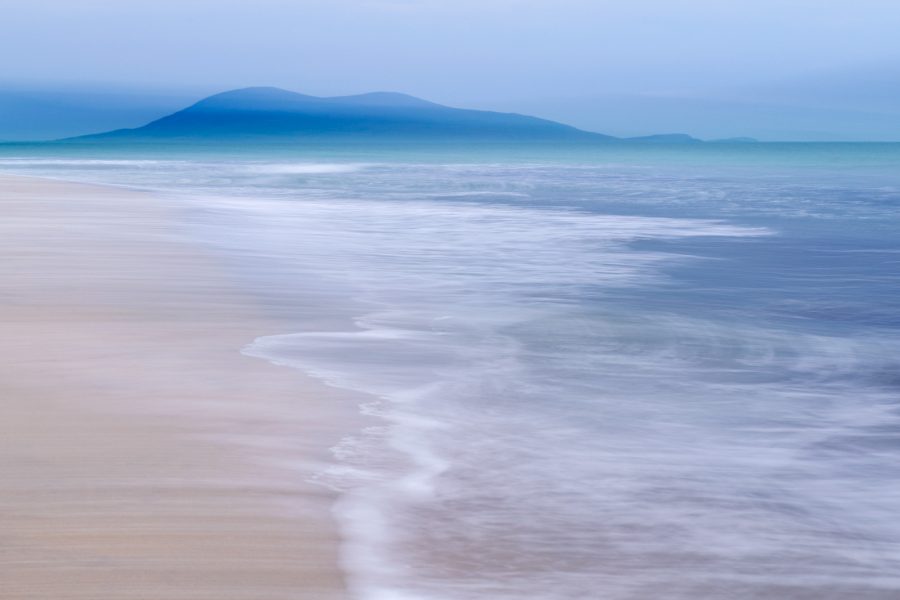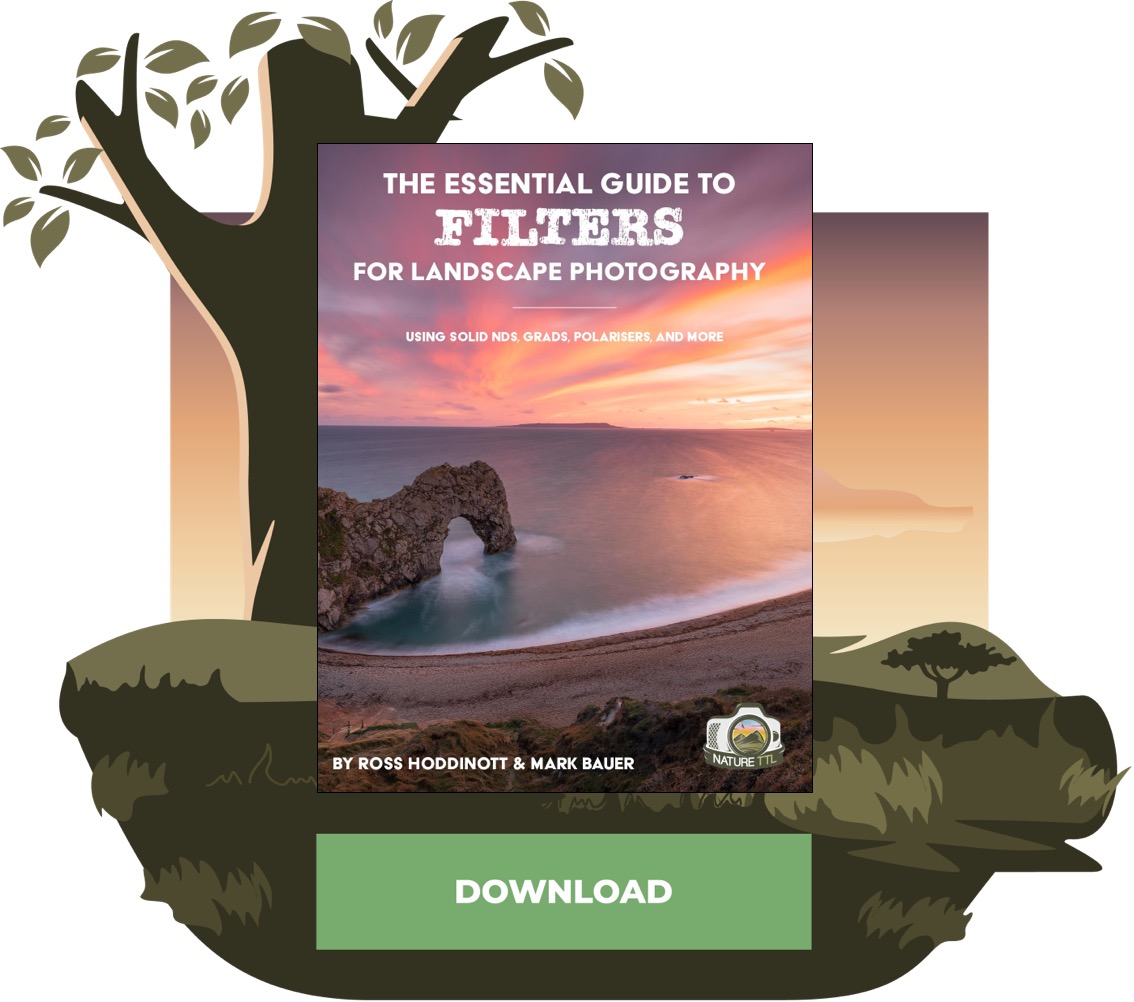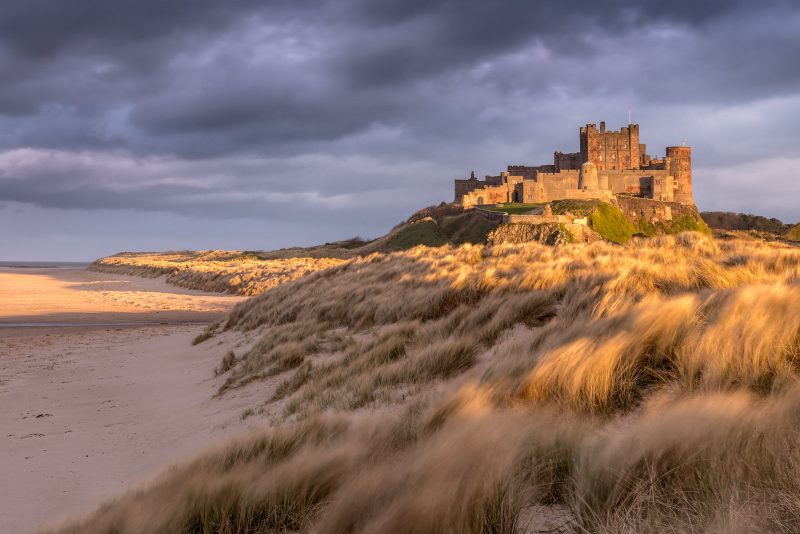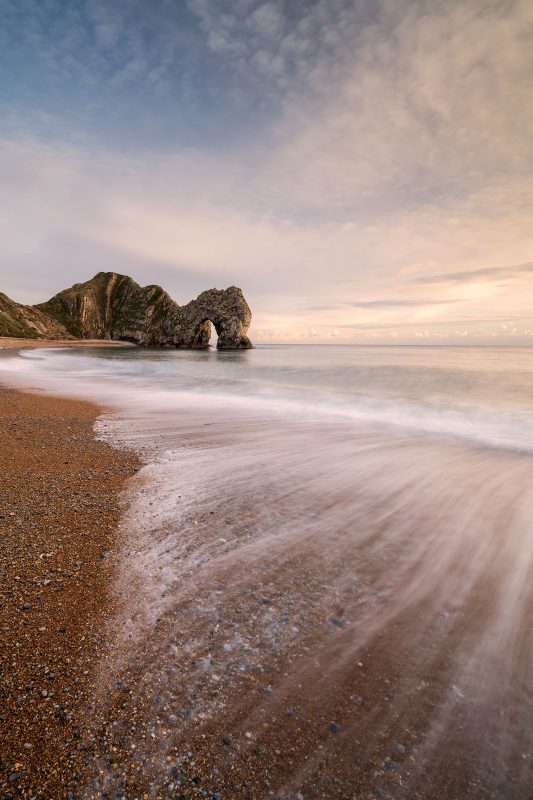How to Capture Movement in Landscapes

While a photograph might be still, the landscape it captures contains a mixture of still and moving elements. So, the big question is how to capture and convey movement – do you suspend movement, or blur it for creative effect? Unfortunately, there is no straightforward answer to this.
Your decision should be made on a scene-by-scene basis, and will depend on the landscape type and the mood and overall result you desire. However, combined with the right viewpoint and camera settings, there is no doubt that the impression of motion will add interest, life, and depth to your landscape shots.


Let’s explore this a little further.
Why capture movement?
The impression of movement can be a powerful aesthetic and compositional tool. By intentionally blurring subject motion, your images will appear more fluid, eye-catching, and atmospheric. The approach relies on there being a degree of movement within the landscape, for example, moving water, wind-blown vegetation, crops, or clouds.
By employing a relatively long exposure, typically upwards of 1/2 second, any subject motion within the length of time that the shutter is open will blur.
Water is by far the most popular element to blur. Through the use of a lengthly exposure, a cascading waterfall or large, crashing waves can be reduced to an ethereal, milky blur. The effect is very subjective and one you will either love or hate.
However, even the ‘haters’ can’t deny that, when used appropriately, a degree of motion blur will normally enhance a landscape’s visual impact and mood. As a result, it is a popular technique among many landscape enthusiasts.
How to capture movement
The technique is simple enough to grasp. By selecting a slow shutter speed of 1/2 second or longer, subject motion will begin to blur, creating the impression of motion in your photographs. Although water is the most obvious subject to blur, the technique can be applied to any moving element.
For example, a field of swaying corn can create a rhythmic, flowing pattern in your foreground, while scudding clouds appear like brushstrokes when captured using an exposure of several seconds. Wind-blown flowers, grasses, and foliage will also provide interest.
Blurred elements in your foreground will have the most impact on composition, and photographers can effectively generate their own foreground interest by exposing creatively. For example, you can employ motion in order to ‘create’ lines, shapes, and texture that will enhance composition.
Useful equipment for landscapes with motion
1. Tripod
It will come as no great surprise that, in order to capture images of motion within the landscape, a good, sturdy tripod is essential. It will ensure you don’t add movement of the camera to that of the subject.
2. Neutral density filter
Unless you are shooting in low light, you are also likely to require an ND (neutral density) filter. These filters absorb light, allowing photographers to artificially lengthen exposure time. You can buy them in a variety of different densities, ranging from 1 stop to a whopping 15 stops.
Read more: The Essential Guide to Filters for Landscape Photography
An ND filter with a 3 or 4 stop density will normally suffice for most scenes, lengthening exposure enough to create an intentional and attractive level of motion. For more extreme effects, consider using a 10 stop version – also known as a ‘stopper’.
However, when using such a filter, be careful that exposure length doesn’t grow so long that important subject texture and detail gets lost or obscured.
Using exposure
Exposure length is the key ingredient. The trick is to achieve enough motion so that the effect looks intentional and creative. Too little or too much, and the shot will fail. Unfortunately, there is no magical formula to help photographers achieve the right effect.
A good starting point is an exposure of approximately 1/2 second, but the optimum shutter length will be determined by the speed and direction of the movement and, ultimately, the effect you desire. For example, to blur drifting clouds, a shutter speed exceeding 15 seconds may be required.
Meanwhile, when shooting a fast-flowing river or waterfall, an exposure of just a 1/4 second may prove enough to create the impression of motion, and generate interesting water streaks and texture. A good degree of trial and error is often required, so don’t be afraid to take a sequence of shots, using different shutter lengths, in order to get ‘the shot’.
By varying the strength of ND filtration and altering ISO, you can manipulate shutter length to your exact requirements.
Timing your photograph
Timing is also important. For example, when photographing crops or grasses, you need to carefully trigger your shutter to coincide with gusts of wind. A wind speed in the region of 15-20 km/h is often desirable, creating a good level of motion.
Every frame you take will capture motion differently. No two shots will ever be identical. The same can be said about waves: you need to release the shutter at just the right moment.
Incoming waves, crashing over rocks and pebbles, often look messy and chaotic. Normally, it is best to trigger the shutter when water drags back out to sea. At this point, motion is more orderly and you can capture attractive water trails.
Be mindful that if exposure length is too long, water can appear like mist, which may or may not suit the scene. Don’t simply opt for the longest exposure possible – using the most extreme effect does not guarantee the most aesthetic result.
How to use camera motion
It is not just subject motion that generates fluidity and flow in a photograph. Another approach is to move the camera itself during exposure, to create a more impressionistic interpretation of the landscape.
Intentional Camera Motion (ICM) is a more abstract style of movement, as you are adding movement and blur to the entire scene, not just the moving elements. With ICM, you are effectively painting with your camera: the landscape provides the colour, contrast, texture, and interest.
Experiment with different shutter speeds and levels of camera movement to achieve the best result. Again, an exposure length in the region of 1/2 second is a good starting point. Try to pan your camera smoothly – either in a vertical or horizontal motion – to create an attractive degree of motion.
It is a very hit and miss technique, so be prepared to take multiple shots to achieve the effect you desire.
In conclusion
Capturing a sense of motion can convey so much more about a scene or type of landscape than a normal, more conventional shot. Play with exposure and have fun capturing different visual effects. Quite simply, motion has an important role to play in your landscape photography.
















